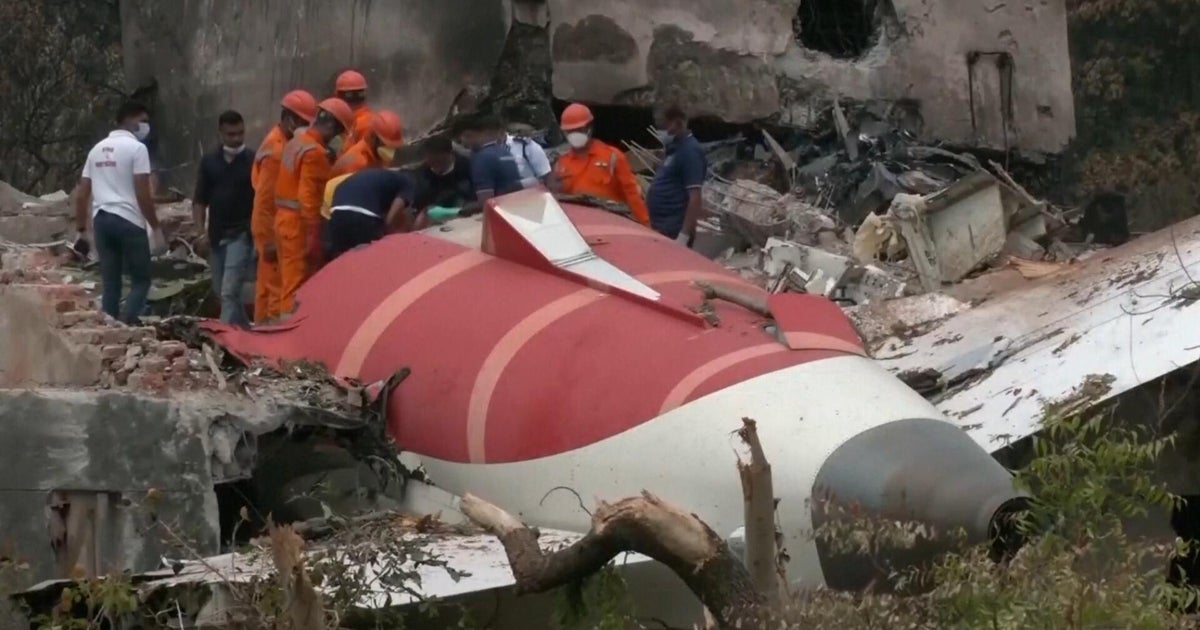 Waste pickers in New Delhi are marginalized yet provide essential services, often in extreme heat. Credit: Aishwarya Bajpai/IPS
Waste pickers in New Delhi are marginalized yet provide essential services, often in extreme heat. Credit: Aishwarya Bajpai/IPSNEW DELHI, Jun 02 (IPS) - Every day, Delhi’s waste pickers walk three to four kilometers under the blazing sun, collecting and sorting the garbage that keeps India’s capital functioning. Their work is essential—yet largely invisible.
There are an estimated 200,000 waste pickers in Delhi, many of whom are migrants from landless, rural families in northern and eastern India. Pushed out of agriculture and informal rural economies, they arrive in the city with little more than the hope of survival, often ending up in the informal recycling sector. Labeled as “unskilled” or “semi-skilled” labor, they perform some of the city’s most crucial work—without contracts, protection, or recognition.
Sheikh Akbar Ali, a waste picker from Seemapuri who has worked with the community for over 15 years, paints a grim picture.
“We’re often denied access to public buses because people say we smell,” he says. With a daily income of ?300 (roughly USD 3.60), even a single auto ride costing ?150 (USD 1.80) one way is unaffordable. For women waste pickers, things are worse—no access to toilets, no place to change, and no shelter from the searing heat.
“Since COVID-19, we’ve been pushed off shaded footpaths and society corners to work under the open sky,” he adds.
The Smart Cities Mission, aimed at modernizing urban infrastructure, has only shrunk their access to public spaces, replacing common corners with beautified zones and surveillance.
Sumit Chaddha, another waste picker in Kamla Nagar, recalls how there once was a rule to stop work by 10am during peak summer hours. “Now, the heat is unbearable, but we have to keep going. One man collapsed while working—he started vomiting and died,” Sumit says. “There’s no medical card or health service for us through the MCD. We handle waste for the whole city but don’t even get gloves, let alone health insurance.”
In 2024, Delhi recorded a temperature of 52.3°C during what the World Meteorological Organization declared the hottest year in 175 years. The city also continues to rank among the world’s most polluted, with 74 of the 100 most polluted cities in the world located in India, according to the 2024 World Air Quality Report.
Though public perception often blames stubble burning or fireworks for Delhi’s toxic air, a Centre for Science and Environment (CSE) analysis confirms that vehicular pollution is the leading contributor among combustion sources.
Pollution in Delhi is Not Seasonal.
Delhi breathes hazardous air nearly all year round—99 percent of the time. PM2.5 levels, which measure the concentration of fine particles that can penetrate deep into the lungs, regularly exceed the World Health Organization’s safe limit by 30 times. Even short-term exposure to PM2.5 has been linked to heart attacks, strokes, and severe respiratory illnesses.
Yet, the poorest—those already battling extreme heat, living in cramped settlements, and working with hazardous waste—remain stranded. Public buses, their main mode of mobility, are in a state of collapse. Over 100,000 bus breakdowns were reported in just nine months of 2024 alone.
Transport-related emissions, while relatively easier to reduce, are still not a priority in most countries. Globally, the transport sector accounts for 15 percent of greenhouse gas emissions, with road transport alone responsible for 71 percent of that figure in 2019. India, now the third-largest emitter of CO? in the world, released 2.69 billion tons of fossil CO? in 2022—up by 6.5% from the previous year.
 Increase in the CO? Emissions by the Transport Sector in India from 2000 to 2022.
Increase in the CO? Emissions by the Transport Sector in India from 2000 to 2022.In this context, public transport could be the most direct and transformative intervention—not just for the climate, but for the lives of the working poor.
As Sumana Narayanan, ecologist and environmental researcher, puts it, “We treat public transport like charity—something to be handed down to the poor. But mobility isn’t a favor; it’s a right, just like access to water, health, and clean air.”
She points to the success of Delhi’s fare-free bus scheme for women, introduced in 2019, which allowed women to save money, travel longer distances, and even gain greater say in household decisions. “Public transport doesn’t just move people—it carries dignity, opportunity, and the right to be part of public life,” she adds.
Other Countries are Showing What’s Possible
Germany’s €49 climate ticket has made low-emission travel more affordable. Luxembourg now offers free public transport to all its citizens. Bogotá’s TransMilenio system connects informal workers to opportunity while reducing emissions, and Paris is reducing car dependency with better metros and cycling infrastructure. These models demonstrate that transport, when reimagined, can be a cornerstone of both climate resilience and social justice.
But in India, such possibilities remain out of reach for communities like Delhi’s waste pickers. While programs like the National Electric Bus Programme (NEBP) aim to roll out 50,000 electric buses by 2030, implementation is slow and piecemeal. Without systemic reforms, vulnerable communities are left walking miles in dangerous heat, inhaling the city’s poison air, and risking their lives for the cleanliness everyone else takes for granted.
Nishant, Coordinator of the Public Transport Forum in Delhi, argues that existing schemes often serve short-term electoral agendas.
“What we really need is consistent investment in the quality and coverage of public buses. Public transport is a great equalizer in any society. And in terms of emissions and energy use, it’s at least ten times more efficient than private vehicles. It’s not just people-friendly—it’s climate-friendly too,” he says.
For Delhi’s waste pickers, a working bus route is not a luxury. It is a pathway to dignity, safety, and survival. In a city battling extreme heat, toxic air, and rising inequality, climate justice might just begin with a seat on a functioning, inclusive bus.
IPS UN Bureau Report
Follow @IPSNewsUNBureau
Follow IPS News UN Bureau on Instagram
© Inter Press Service (2025) — All Rights Reserved. Original source: Inter Press Service

 1 month ago
22
1 month ago
22










 English (US) ·
English (US) ·